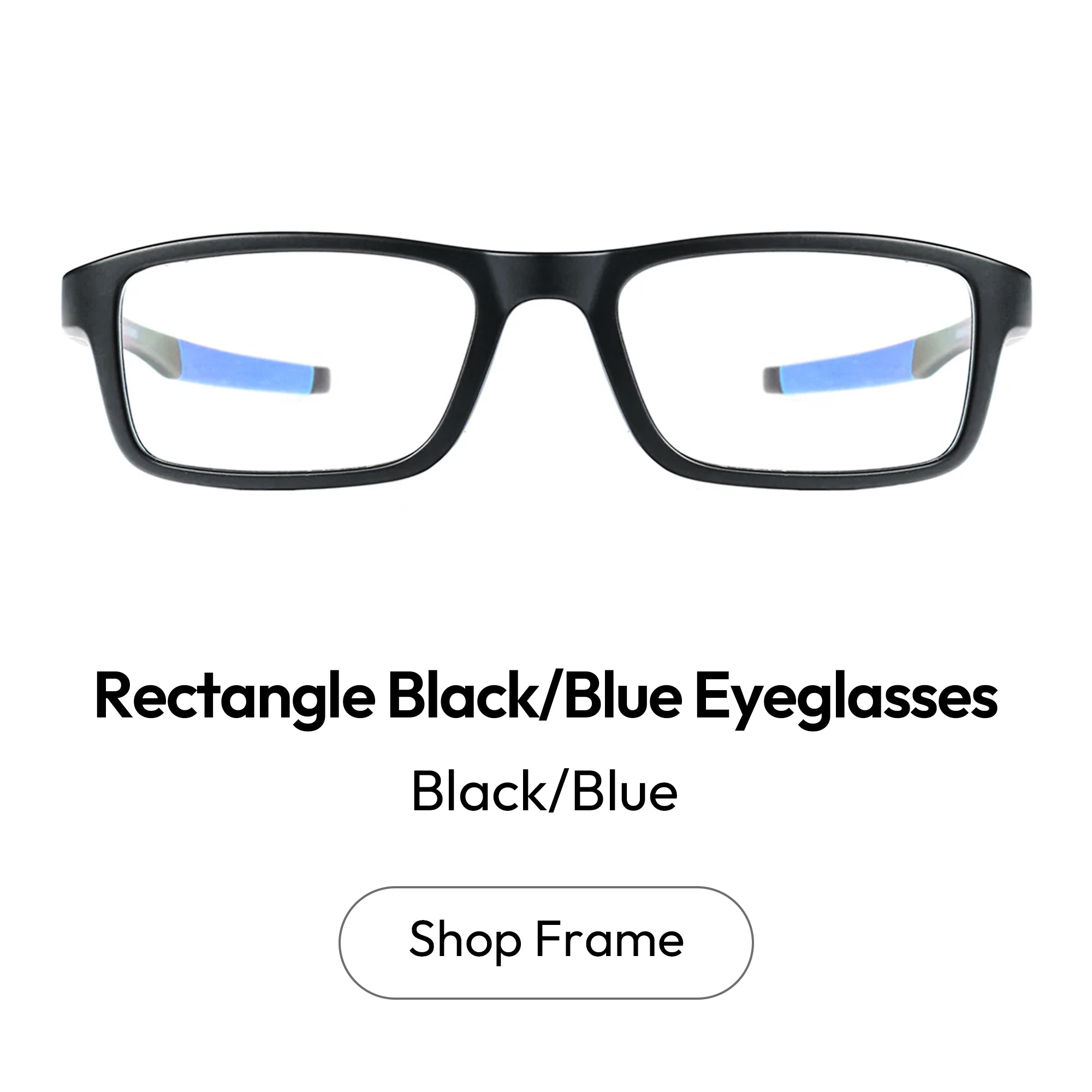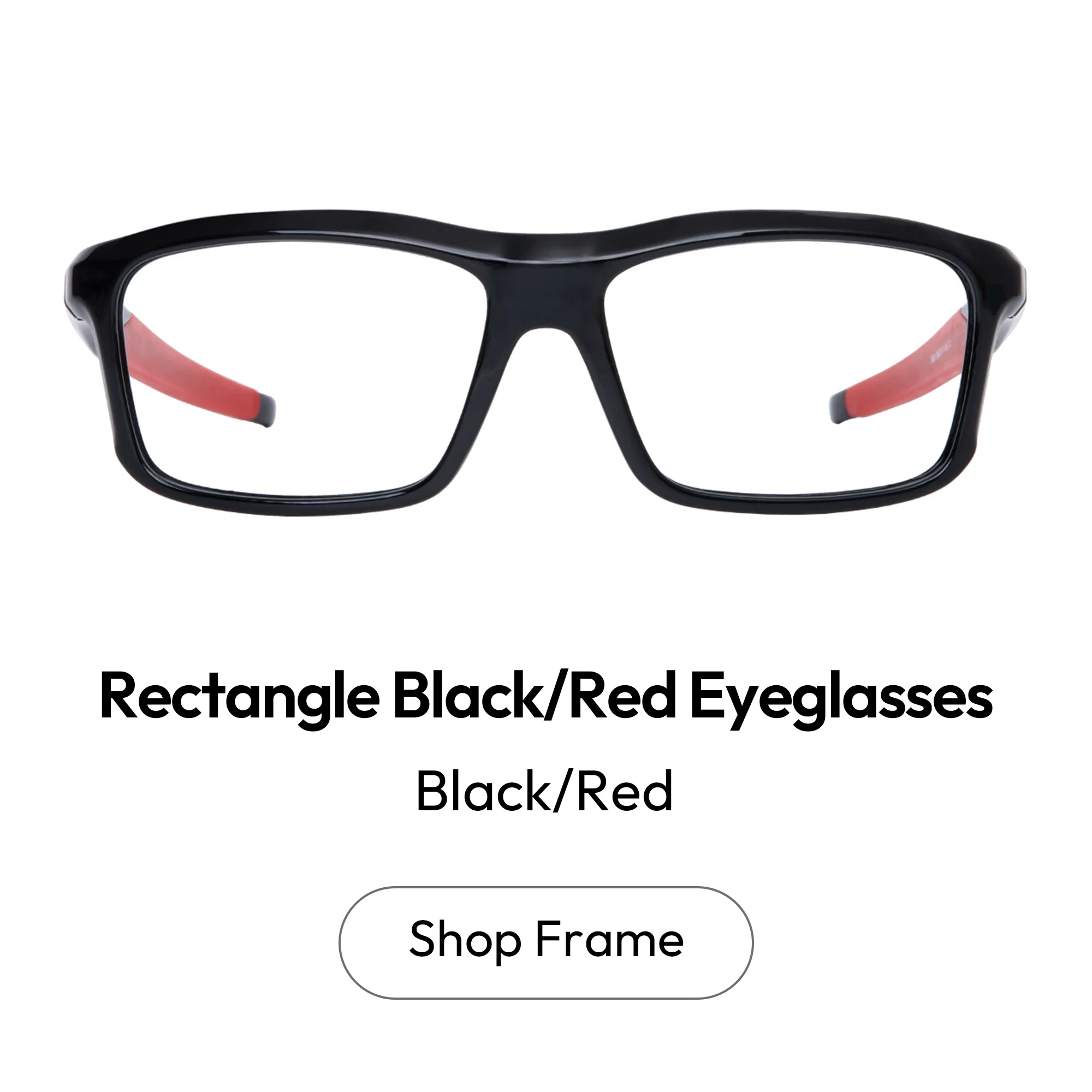- Eyeglasses
- Glasses
- Shop By Frame
- Shop By Style
- Featured
- Premium Selection
- Sunglasses
- Kids' Glasses
- Readers
- Shop By Lens
- Promium Selection
- Accessories
- My Orders
- Order Tracking
- Blog
- Have a Question?
- E-mail:cs@efeglasses.com

As you scroll through this page, over 2.4 million people across the globe are experiencing vision disturbances triggered by prolonged screen exposure—ciliary muscle spasms that blur sight, corneal dryness that burns like sandpaper, and blue light toxicity searing into the retina.

According to the 2024 EFE Optical Lab report, 68% of online eyewear users experience "prescription decoding bias." Shockingly, 37% of astigmatism cases show axis deviations exceeding 5 degrees—equivalent to a 0.3mm optical distortion across the corneal surface.
This is the deeper logic behind why prescription lenses have become the foundation of modern visual protection. As ophthalmologist Dr. Weiren Zhang explains, a 0.25D error in spherical power can increase pupil accommodation effort by 15%. When astigmatism (CYL) is left uncorrected, it induces neural tremors in the visual cortex, reducing the speed and accuracy of synaptic transmission. No
wonder 32% of remote workers wearing inaccurate lenses report elevated coding error rates and delayed facial recognition in video calls.Clinical data from Peking Union Medical College Hospital
even confirms that precisely fitted lenses can boost visual information processing by 22%, like installing an optical accelerator in your brain.
At EFE, we understand that every pair of eyes tells a different story—and each one deserves accurate, personalized vision care. That’s why our cloud-based prescription system puts your data through three layers of topological verification:
AI-based adaptation modeling from 6,000+ refractive profiles,
optical simulation of lens-cornea curvature coupling,
and cross-modal biometric matching by professional optometrists.
So when you choose prescription lenses for glasses at EFE, you're not just buying eyewear—you're decoding a precise optical language. From a ±1° shift in CYL axis that distorts your peripheral
field, to a 0.25D change in ADD power that shakes your ciliary muscles, every number rebuilds your connection to the world
Welcome to EFE Glasses
We’re your trusted online destination for convenient and professional prescription eyewear.
In today’s screen-dominated world,vision correction is no longer optional—it’s essential. Whether you’re dealing with nearsightedness, farsightedness, astigmatism, or presbyopia, choosing the right lenses is
the first step toward better vision and better living.
Each pair of our glasses is backed by precise optical data and tailored to your unique needs, helping you see clearly and comfortably, day and night.
Why does it matter? Because wearing the wrong lenses doesn’t just make things blurry—it can cause eye strain, headaches, posture problems, and even reduce your productivity.
Astigmatism, in particular, requires accurate CYL and AXIS corrections to prevent visual distortion and long-term discomfort.
If you're feeling overwhelmed by prescription numbers like CYL or SPH, don’t worry. This guide breaks everything down clearly—what prescription lenses are, how to read your eye prescription, and how to find your ideal lens type through the EFE platform. Whether you’re a first-time buyer or a returning user ready for an upgrade, we’re here to help.
Understanding Your Prescription Lenses
What Makes Prescription Lenses Essential in Real Life?
Prescription lenses are custom-made functional lenses based on professional optometric examination results, tailored to address your individual visual condition. Unlike non-prescription lenses, they don’t just offer basic vision correction—they specifically target common problems such as myopia (blurry distance vision), hyperopia (blurry near vision), astigmatism (distorted or duplicated images), and presbyopia (age-related difficulty seeing up close). These lenses are crafted based on the exact data recorded in your eye prescription, including SPH (spherical power), CYL (cylinder for astigmatism), AXIS (angle of astigmatism), and PD (pupillary distance), ensuring that light entering your eyes is properly focused on the retina.
To achieve optimal clarity, prescription lenses must follow strict optical principles—such as controlling curvature radius, light transmission rate, refractive index, and surface smoothness. This means users with different visual needs must wear lenses that are highly compatible with their condition, rather than relying on “close enough” alternatives. Otherwise, visual deviation, excessive eye accommodation, and symptoms like eye strain, headaches, or even visual fatigue may occur.
But what does this mean in the real world?
When driving at night, an uncorrected SPH (spherical power) error in a nearsighted patient can trigger severe glare and halos. Miller, a long-haul truck driver, narrowly escaped a collision on a rain-slicked interstate after misreading an exit sign marked “60” as “80” due to overlapping vision caused by lens inaccuracy. His in-vehicle system later recorded a spike in dynamic visual deviation beyond the safe threshold—proof of how even a minor lens mismatch can have major consequences.
For hyperopic users, the risks are less obvious but equally impactful. Harper, a middle-school teacher, found herself holding student workbooks at arm’s length just to read clearly. Repetitive ciliary muscle strain caused 12–15 involuntary blink reflexes every two hours during lesson prep. These are medically recognized as signs of accommodative fatigue, a precursor to the loss of lens elasticity, speeding up the onset of presbyopia.
Atigmatism presents a subtler kind of distortion. Stone, a graphic designer, struggled with consistent edge misalignment when comparing color blocks. Eventually, a professional eye test revealed a 5-degree AXIS deviation, resulting in 7° visual duplication—a distortion that led to Pantone color mismatches in his client’s brand identity kit. In a profession where color fidelity is critical, this became an industrial-grade flaw rooted in a minor prescription oversight.
Even progressive multifocal lenses for presbyopia require tight tolerances. Foster, a senior partner at an accounting firm, suffered a 0.50D mismatch in his ADD power (the lens segment for near reading). This forced him to fold financial statements into quarter size just to focus properly—an awkward posture that aggravated his cervical spine, worsening by 2.3 Cobb degrees over six months. When precision falters, posture and performance suffer together.
Optical labs confirm that when lens surface flatness deviates beyond λ/4 (a quarter of a visible light wavelength), high-order aberrations increase by over 17%. This is why prescription lenses must maintain industrial-level tolerances of ±0.02D in power and ±1° in axis. From topographic corneal maps to ultra-fine lens coatings, every micro-adjustment contributes to an uninterrupted channel for visual information flow.
Think of it like debugging your brain's vision software—unless SPH, CYL, and AXIS are coded with pixel-perfect precision, the world becomes a slightly corrupted image file. Fixing your lenses is more than just seeing better—it's a fundamental reset of how you interact with everything you see.
Choosing the Right Prescription Lenses for Glasses
At EFE, we offer complete prescription eyewear packages, including frames and lenses tailored to your needs. To help you choose the right combination, here are the key points to understand:
How to Upload or Enter Your Prescription
When placing your order, you can either upload a scanned image of your eye exam results or enter your prescription manually into our online form. You’ll be asked to provide:
SPH (Spherical Power)
CYL (Cylinder) and AXIS
PD (Pupillary Distance), with options for single or dual PD
Prism (if needed for specific visual corrections)
Accurate data entry ensures that your lenses are manufactured to match your prescription.
Choosing Lenses Based on Lifestyle
Different lens functions suit different situations. Common options include:
· Blue Light Blocking Lenses: Ideal for those who spend extended time on digital devices like phones and computers.
· Clear Lenses: Standard transparent lenses suitable for everyday use.
· Photochromic Lenses: Lenses that darken in sunlight and return to clear indoors. Available in gray or amber tints.
· Polarized Sunglass Lenses: Great for outdoor or driving use, reducing glare and reflections.
You can select the lens type that best fits your needs during the frame customization process.
Lens Materials and Common Coatings
Popular lens materials include:
· CR39 Plastic: Lightweight and affordable with good optical clarity.
· Polycarbonate: Highly impact-resistant, suitable for kids and active users.
· High-Index Lenses: Thinner and lighter lenses for stronger prescriptions.
To learn more about the difference between CR39 and polycarbonate lenses, check out Plastic vs polycarbonate lenses: Understanding the Differences.
Lenses can also be enhanced with additional coatings:
· Anti-Reflective Coating: Reduces glare and improves clarity.
· Water-Resistant Coating: Repels moisture and is easier to clean.
· Oil-Resistant Coating: Helps prevent smudges and fingerprints.
· Anti-Fog Coating: Great for mask wearers or when moving between temperature zones.
Some coatings are available as upgrades during checkout, with available options clearly displayed.
EFE’s Lens Support and Customer Assistance
We aim to make your lens selection process as smooth and reliable as possible. If you have questions while choosing your prescription lenses for glasses, our website includes detailed guides and
step-by-step tools to help you decide. For further support, you can always reach out to our team.We also offer basic support for post-purchase adjustments and service inquiries. Please refer to our
site or contact us directly for more details.
Explore our top-selling glasses below to find your perfect match.
 |  |  |
For a comprehensive overview of all lens materials and features, visit All types of glasses lenses explained: pros and cons
What Is CYL in Eye Prescription?
When reviewing your prescription, you’ll encounter abbreviations like OD (right eye), OS (left eye), SPH (spherical), and CYL (cylinder). Let’s focus on CYL, which relates to astigmatism.
Astigmatism occurs when the cornea or lens surface is irregular, preventing light from focusing on a single point. This leads to blurred or distorted vision. The CYL number in your prescription indicates the degree of astigmatism—the larger the number, the more significant the correction needed.
The CYL value is typically paired with an AXIS measurement (0–180 degrees), which tells the optician where the astigmatism occurs. Together, they guide the lens design to correct your vision accurately.
To deepen your understanding of CYL and AXIS, we recommend reading Guide to Eye Prescription Terms: Deciphering CYL, AXIS, and SPH.
By now, you should have a clearer understanding of prescription lenses and the meaning of what is cyl in eye prescription. Although CYL is just one number in your prescription, it plays a vital role in ensuring visual clarity.
As your trusted provider of prescription lenses for glasses online, EFE offers a wide range of product options and user-friendly guides to support your selection process.
Start exploring our frames and lenses today to discover the perfect pair for your everyday vision needs.
SUBSCRIBE & SAVE
- Shop All
- Best Sellers
- Eyeglasses
- Sunglasses
- Reading Glasses
- Shop By Frame
- Shop By Style
- Glasses Colors
- Black Glasses
- Blue Glasses
- Brown Glasses
- Gold Glasses
- Green Glasses
- Orange Glasses
- Pink Glasses
- Red Glasses
- Yellow Glasses
- Silver Glasses
- White Glasses
- Purple Glasses
- Tortoiseshell Glasses
- Clear Glasses
- Transparent Grey Glasses
- Mens Blue Glasses Frames
- Red Sunglasses
- Rose Gold Glasses
- White Frame Sunglasses
- Black And Clear Eyeglass Frames
- Black And Gold Glasses
- Black And Red Glasses
- Black Glasses For Women
- Black Rectangle Glasses
- Black Rectangle Sunglasses
- Blue Light & Blocking Glasses
- Blue Women Eyeglasses
- Tips & Guides
- About EFE
- Shop



















